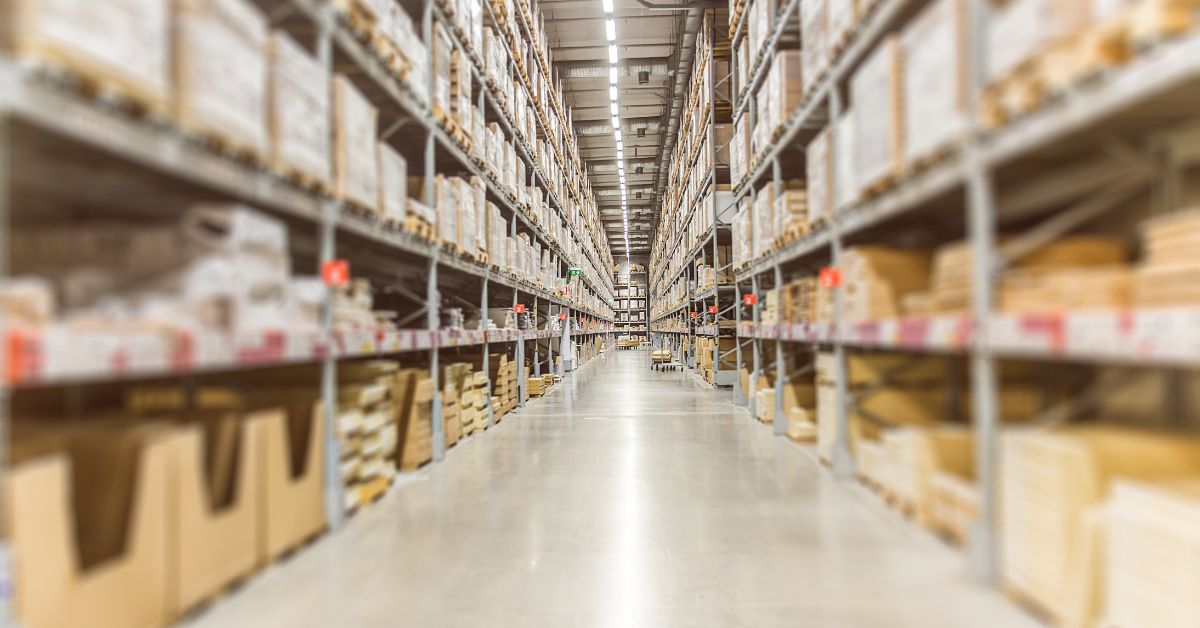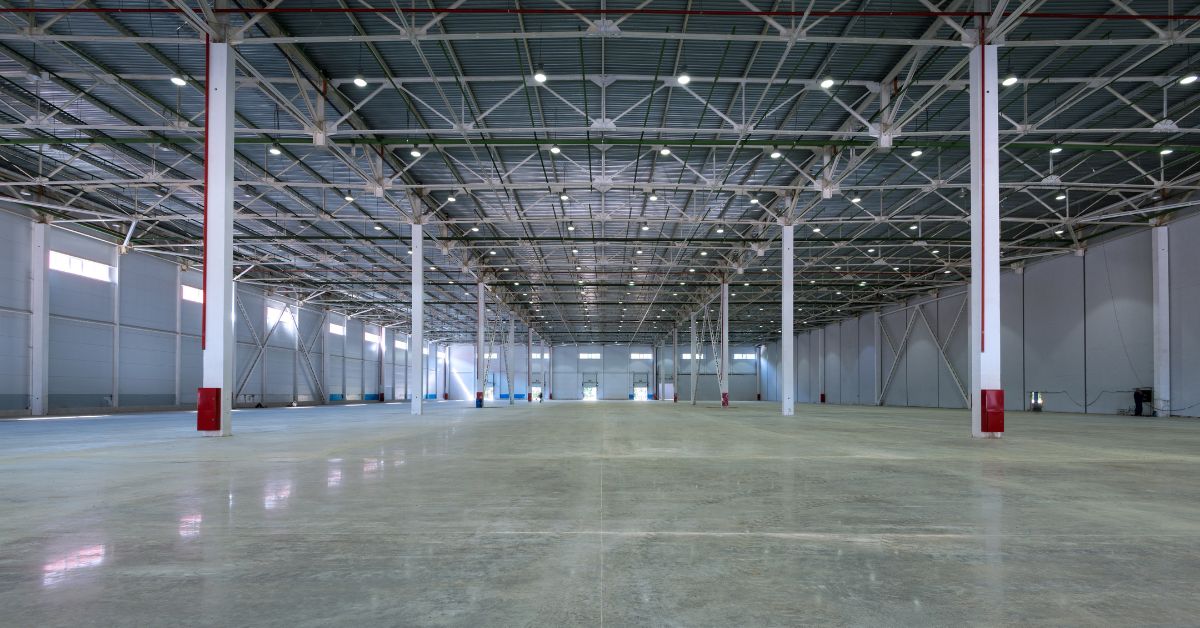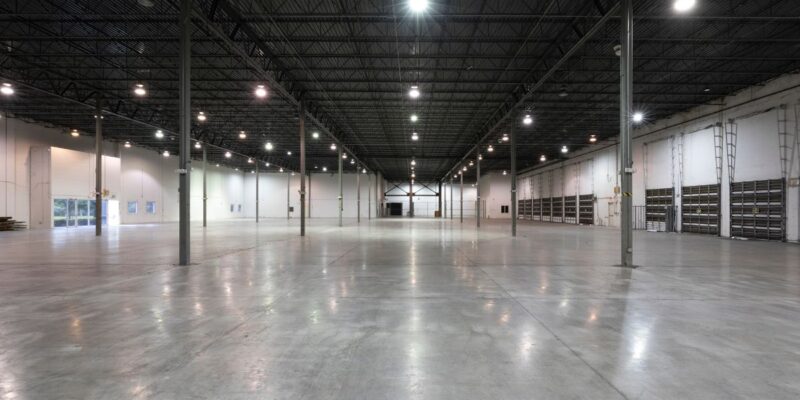Warehouse safety is paramount for maintaining productivity and protecting employees. One often overlooked aspect of warehouse safety is flooring. The right flooring can prevent slips, trips, and falls, common causes of workplace injuries. Additionally, proper flooring can withstand the heavy wear and tear from machinery and foot traffic, reducing the need for frequent repairs.
Choosing the appropriate flooring can enhance efficiency and foster a safer, more productive work environment by reducing accidents and maintenance downtime. Explore how investing in the right flooring can help prevent accidents in your warehouse.
Common Warehouse Flooring Challenges
Warehouses face numerous flooring challenges, many of which can significantly impact safety and operational efficiency. Properly addressing these challenges is essential for creating a secure and efficient workspace.
Managers and facility operators can make informed decisions that minimize risks and maximize productivity by understanding the most common issues associated with warehouse flooring. Considering a few key challenges allows you to select the right flooring for your warehouse.
- Slippery surfaces: Spills and leaks can make floors dangerously slippery.
- Uneven floors: Cracks, chips, and other imperfections can cause trips and falls.
- Dust and debris: Accumulation of dust and debris can create hazardous conditions.
- Chemical spills: Exposure to chemicals can degrade flooring materials, leading to unsafe surfaces.
The Role of High-Quality Flooring
Investing in high-quality flooring can solve many of the common issues mentioned above. Quality flooring solutions can withstand the hustle and bustle of a busy warehouse environment, and they enhance safety in several ways.
- Slip resistance: High-quality flooring often includes slip-resistant properties, reducing the risk of slips and falls.
- Durability: Strong, resilient flooring can withstand heavy machinery and high foot traffic without deteriorating.
- Easy maintenance: Flooring that is easy to clean and maintain helps keep surfaces free from hazardous debris and spills.
- Chemical resistance: Certain flooring materials resist chemical spills, maintaining safety and integrity over time.

Key Considerations When Choosing Flooring
When choosing the appropriate flooring for a warehouse, it is essential to consider several key factors to ensure optimal functionality.
- Durability: The flooring must endure heavy loads and frequent use without showing wear and tear.
- Ease of maintenance: Choose flooring that is easy to clean and maintain to ensure a safe and efficient workspace.
- Cost-effectiveness: While initial costs are essential, consider the long-term savings from reduced maintenance and increased safety.
- Installation downtime: Minimize disruption by opting for flooring solutions that professionals quickly and efficiently can install.
Types of Flooring Suitable for Warehouses
When choosing warehouse flooring, consider your space’s specific needs. Account for the type of goods stored, foot and vehicle traffic, potential spills or chemical exposure, durability, and ease of maintenance.
You should also assess costs and installation to ensure the flooring meets your operational demands and fits your budget and long-term plans. Fortunately, there are several great flooring candidates.
- Epoxy flooring: Known for its durability and slip resistance, epoxy flooring is a popular warehouse choice. It can withstand heavy machinery and chemical spills.
- Concrete flooring: This cost-effective option offers durability and ease of maintenance. However, surface treatments may be necessary to enhance slip and chemical resistance.
- Vinyl flooring: Vinyl provides a softer surface, which can reduce fatigue for workers standing for long periods. It’s also easy to clean and maintain.
Each option has its own benefits, so choosing the one that best suits your specific needs is essential.
The Impact of Flooring on Safety and OSHA Compliance
The right flooring enhances safety and ensures compliance with OSHA regulations. OSHA requires employers to provide a safe working environment by keeping floors clean and dry. Slip-resistant and durable flooring can help your warehouse meet these standards, reducing the risk of workplace accidents and potential fines.
Furthermore, proper flooring can contribute to a more organized and efficient warehouse layout. Clear, hazard-free pathways improve workflow and prevent accidents, contributing to overall productivity.

Installation Process and Timeline
Understanding the installation process and timeline for warehouse flooring is critical for minimizing downtime and ensuring a smooth transition to a safer working environment. The installation typically involves several stages, each requiring careful planning and execution.
Preparation
The first stage is preparation, which involves clearing the area of all inventory, machinery, and debris. This step ensures that the installation crew can work efficiently without obstruction.
Additionally, a professional should assess the existing flooring. They may need to remove it if it is severely damaged or incompatible with the new flooring. This phase usually takes one to two days, depending on the size and current condition of the warehouse.
Surface Assessment and Repair
Once cleared, you must thoroughly inspect the floor surface for cracks, holes, or uneven areas. Repair any identified issues to provide a smooth and level substrate for the new flooring material.
This step is crucial for the longevity and performance of the new floor. Surface assessment and repair can take one to three days, depending on the extent of the required fixes.
Final Inspection and Quality Assurance
After installing the new flooring, a thorough inspection is necessary to ensure it meets safety and quality standards. During this phase, minor adjustments or corrections can be made to guarantee optimal performance. This step usually takes one day.
Timeline Overview
The total timeline for installing new warehouse flooring can range from one to two weeks, depending on the material and the condition of the existing floor. Properly planning for this downtime is essential to minimizing disruption to warehouse operations.
Early planning with a professional flooring installer can help streamline the process and ensure efficient execution of all steps.
Prevent Warehouse Accidents Today
The right flooring is crucial in preventing warehouse accidents and enhancing productivity. You can create a safer and more efficient working environment by addressing common flooring challenges, investing in high-quality materials, and considering key factors in your selection process.
For those in South Florida seeking reliable flooring solutions, explore National Floor Solutions for exceptional South Florida floor restoration services that cater specifically to your needs.
Would you like to upgrade your warehouse flooring? Please feel free to contact us today by filling out our contact form or calling our toll-free number at 1-800-786-6321 to learn more.

